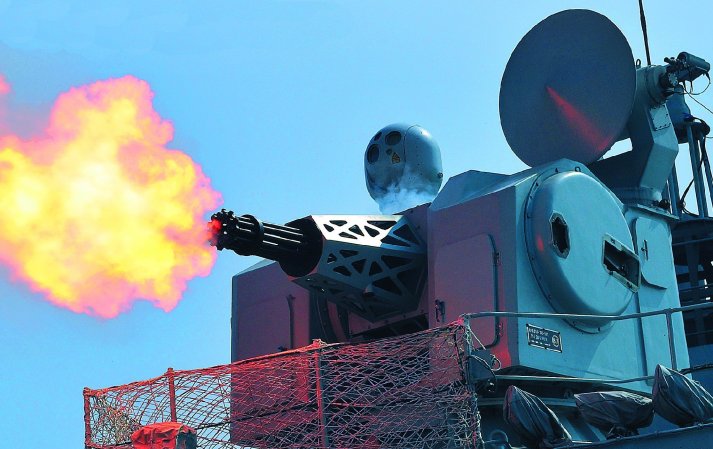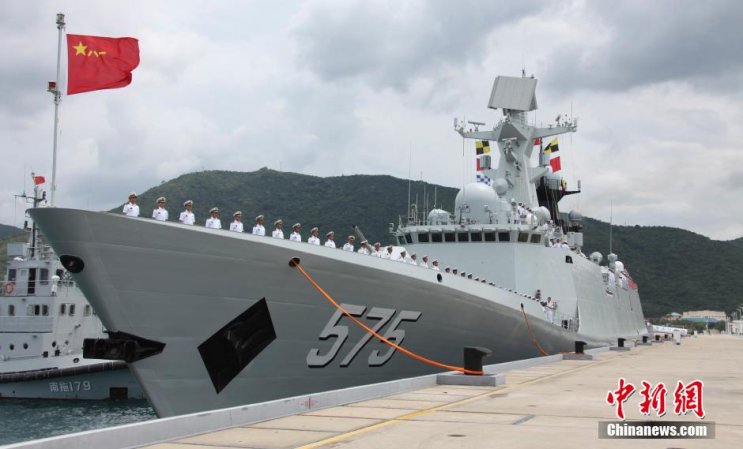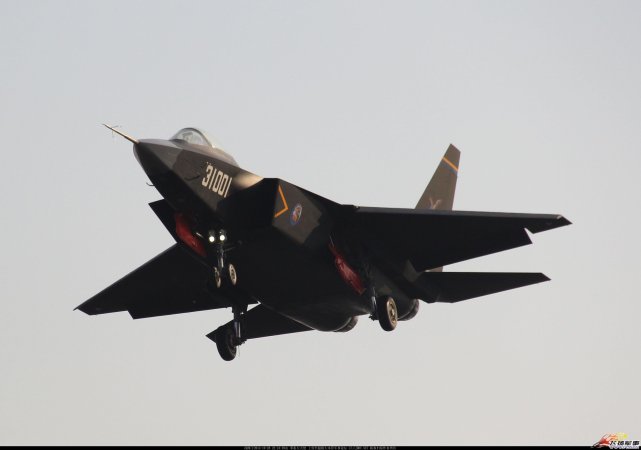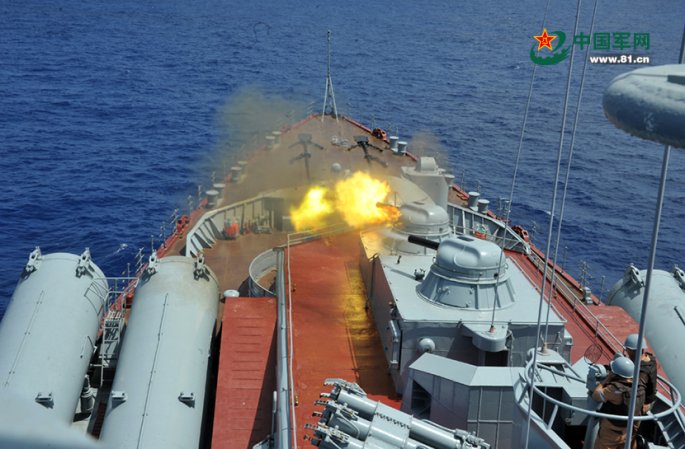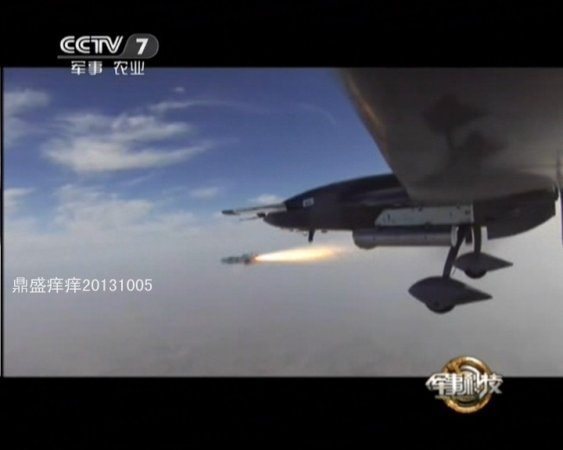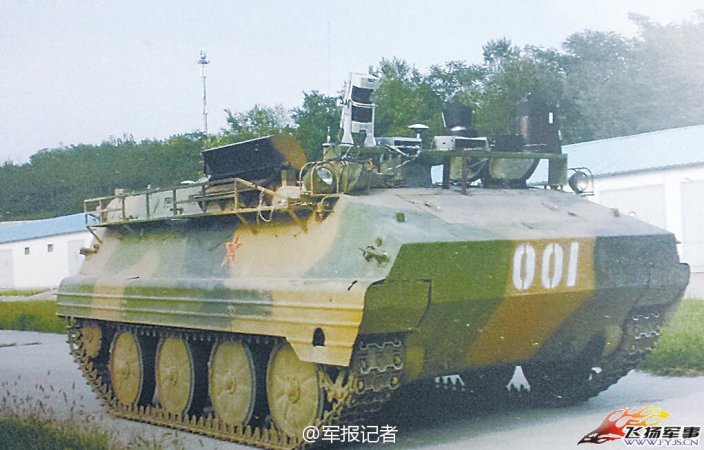


3D virtual reality sets aren’t just part of the Facebook empire; the Chinese have found them a cheap, easy and effective tool to increase pilot teamwork before jumping into the cockpit.
3D VR Piloting

China has the world’s fastest supercomputer, it’s also been completed on time and on budget, not to mention being available for public use (sort of).
Tianhe 2
In May 2014, the Chinese and Russian navies took over a huge section of the air and waters of the East China Sea in their most complex bilateral exercises, with plenty of serious firepower to spare.

At RIMPAC 2014, a group of Chinese Marines stormed an American Aegis warship, while USN commandos were quick to retaliate by boarding a Chinese frigate (all part of anti-piracy and anti-proliferation drills).
RIMPAC 2014

The Type 055 destroyers, when it enters into service in 2019, will be Asia’s largest surface warship. Right now, a test rig in Wuhan is being built to test the 055’s futuristic sensors and electronics 055 Test Rig

Meet the ZTZ-96, the tank that China sent to the 2014 Tank Biathalon, the Olympics for tanks (but it’s not China’s deadliest tank).
2014 Tank Biathalon

When it comes to hypersonic weapons, missiles and aircraft that fly over five times the speed of sound, Chinese research is reaching critical mass.

Chinese engineers are building the a quadruped robot to follow Chinese soldiers into battle, just like the U.S. Army’s Big Dog (“Da Gou” is Chinese for Big Dog).
Da Gou

While stealth fighters and cargo planes were the stars of the 2014 Zhuhai Air Show, China showed its exoskeleton prototype to the world.
Exoskeleton

With the sixth flying J-20 stealth fighter rolling out in December 2014, China is well on its way to have Asia’s first operational 5th generation fighter in 2016.
6th J-20

Relax, this Chinese space laser isn’t the start of World War III; it’s part of an international plan to further the cause of space science. Superlaser

